Eye-Opening Sexual Harassment Statistics for 2023
In 2023, sexual harassment remains a significant issue affecting millions all over the world. Understanding the sexual harassment statistics can help prevent it and foster a safer work environment.
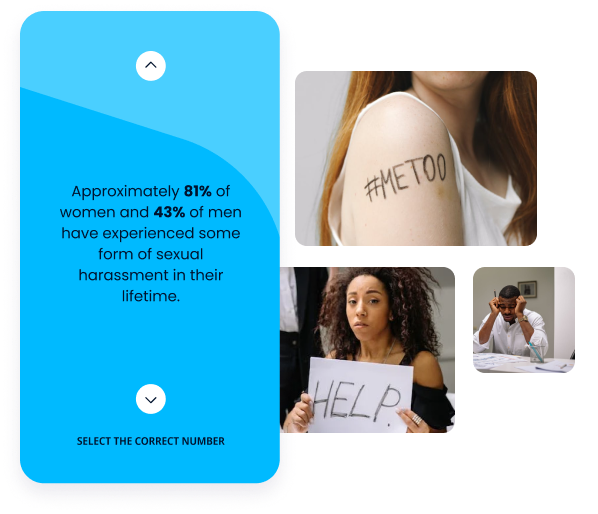
The prevalence of sexual harassment in the society
81% of women and 43% of men have faced sexual harassment in their lives.
(Source: Stop Street Harassment)

This statistic tells us that sexual harassment is, unfortunately, a widespread issue that many people, regardless of their gender, have faced or are likely to encounter sexual harassment at some point in their lives.
Underreporting issues of sexual assault cases
99.8% of harassed workers don't file formal charges.
(Source: University of Massachusetts Amherst)
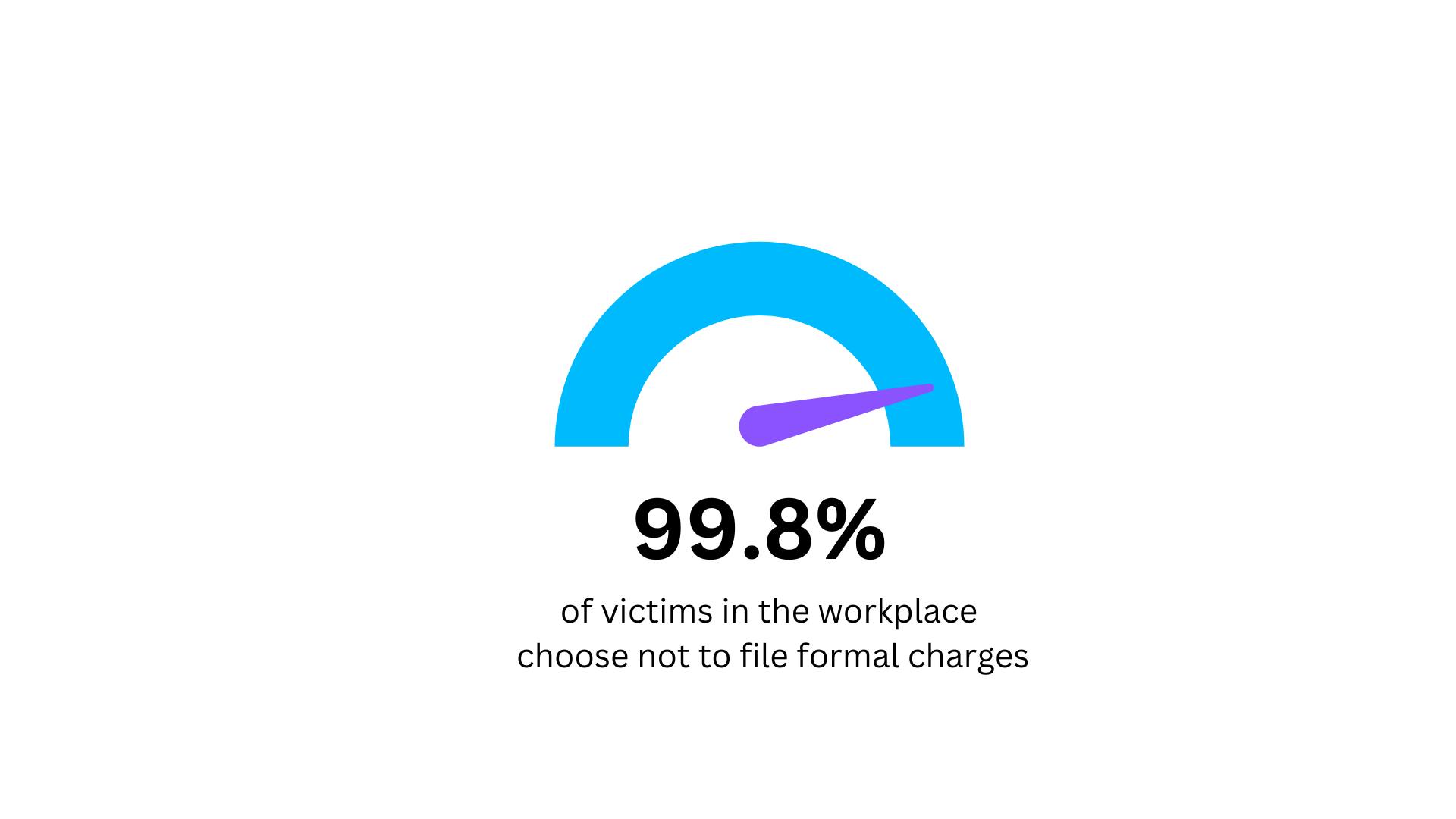
The vast majority of workers who experience workplace sexual harassment choose not to file formal charges. This highlights a significant gap between the actual incidents and the number of cases officially reported.
The extent of workplace sexual harassment issues:
Anywhere from 25% to 85% of women have reported experiencing sexual harassment in the workplace.
(Source: Equal Employment Opportunity Commission)
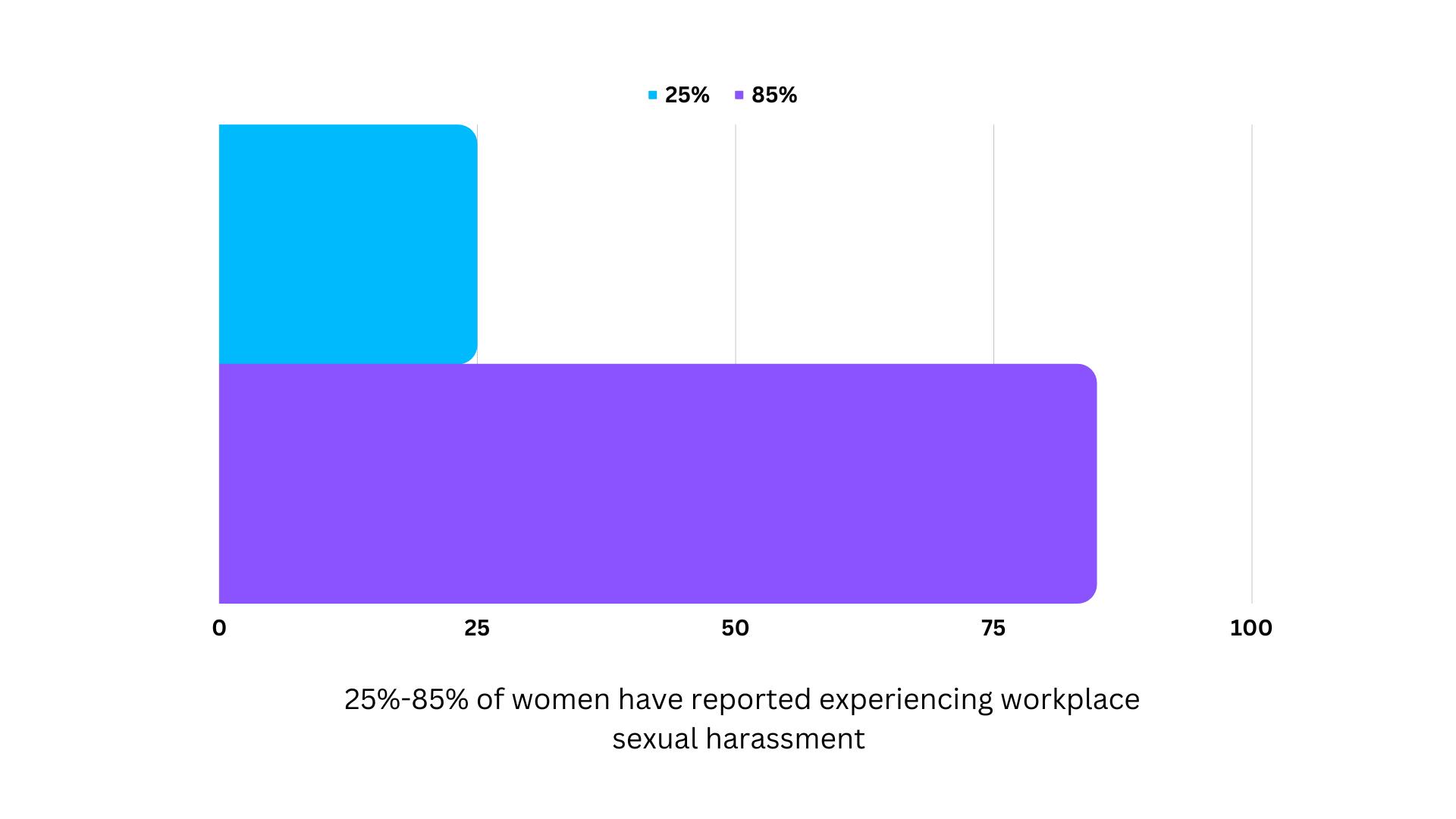
This study tells us that a considerable number of women across different industries and professions have encountered unwanted and inappropriate behavior of a sexual nature while on the job.
The legal gaps in sexual harassment:
Among 310 reports of sexual harassment, only 50 resulted in arrests.
(Source: Rape, Abuse & Incest National Network or RAINN organization)
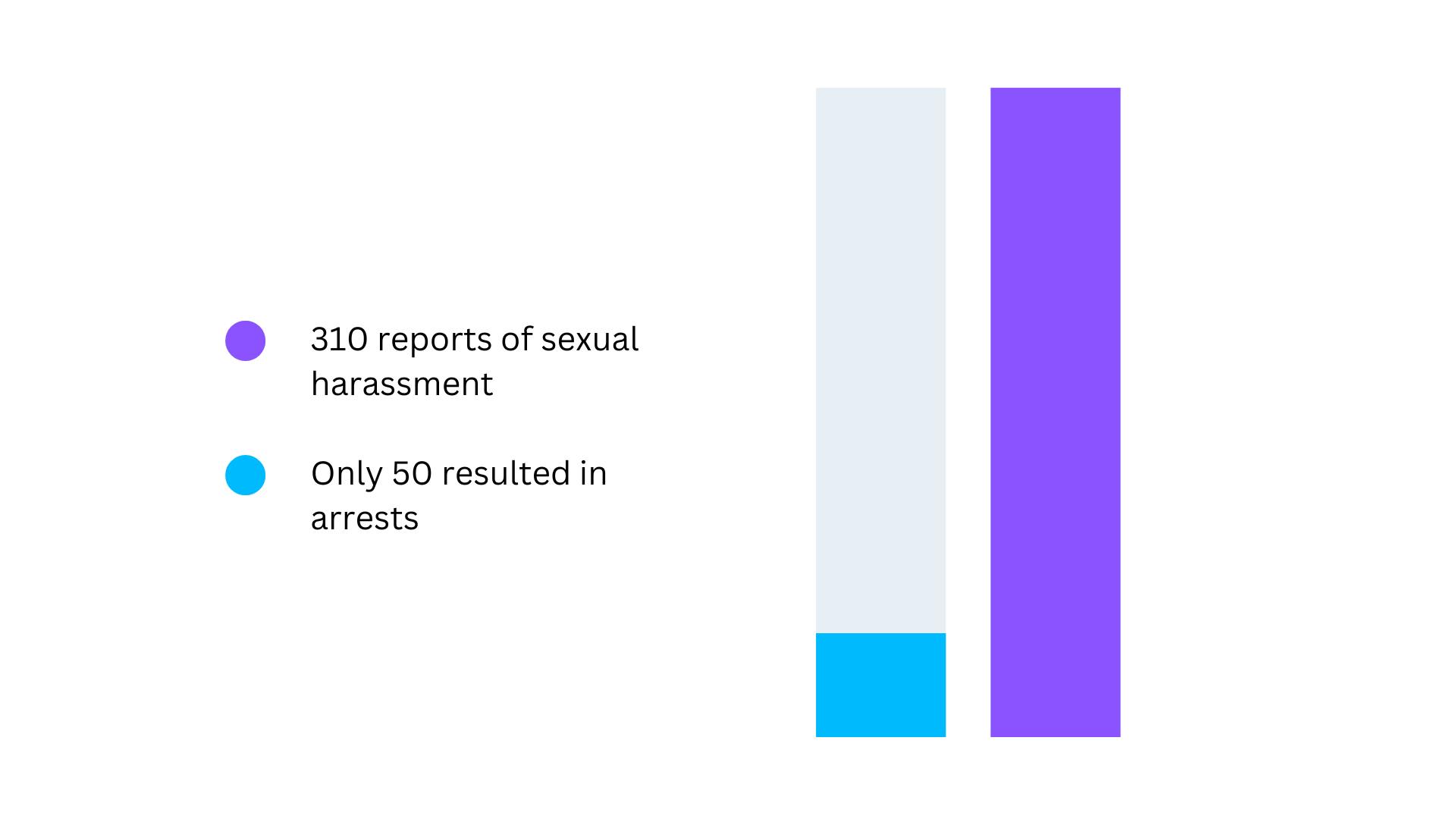
This statistic shows that only a small number of the reported incidents led to legal action or the arrest of the individuals responsible for sexual harassment. Factors such as insufficient evidence, difficulties in the investigation, or barriers in the legal process may contribute to the limited number of arrests.
Retaliation trends after reporting harassment:
Over 70% of workplace sexual harassment reports result in some form of retaliation.
(Source: National Women's Law Center)
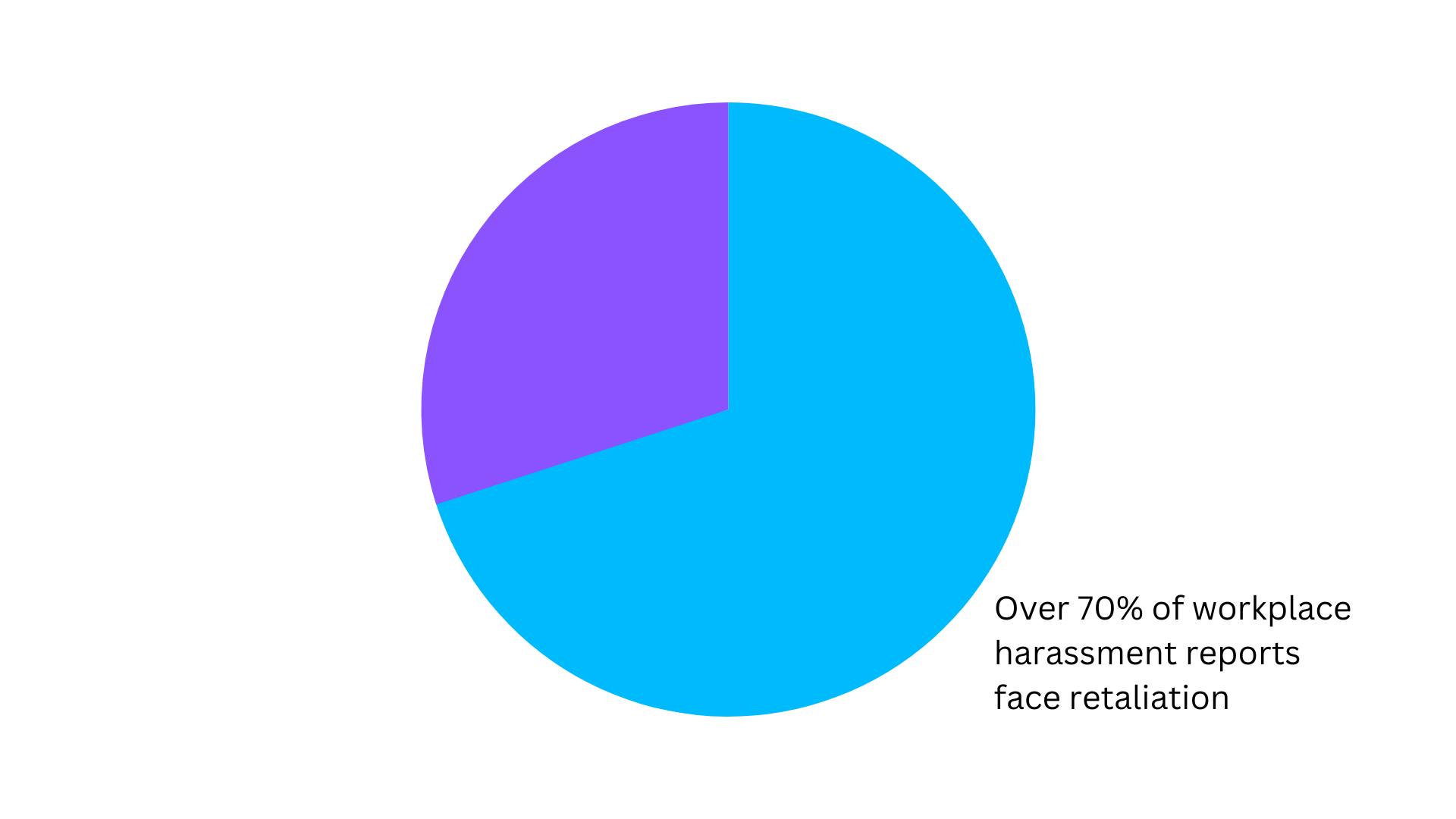
Among those who experienced retaliation, the most common form was being fired. Other forms of retaliation included receiving poor performance evaluations, having their work closely examined, or being treated poorly at work.
Vulnerable targets of sexual harassment:
People with intellectual disabilities are 7x more likely to be sexually assaulted.
(Source: National Public Radio)
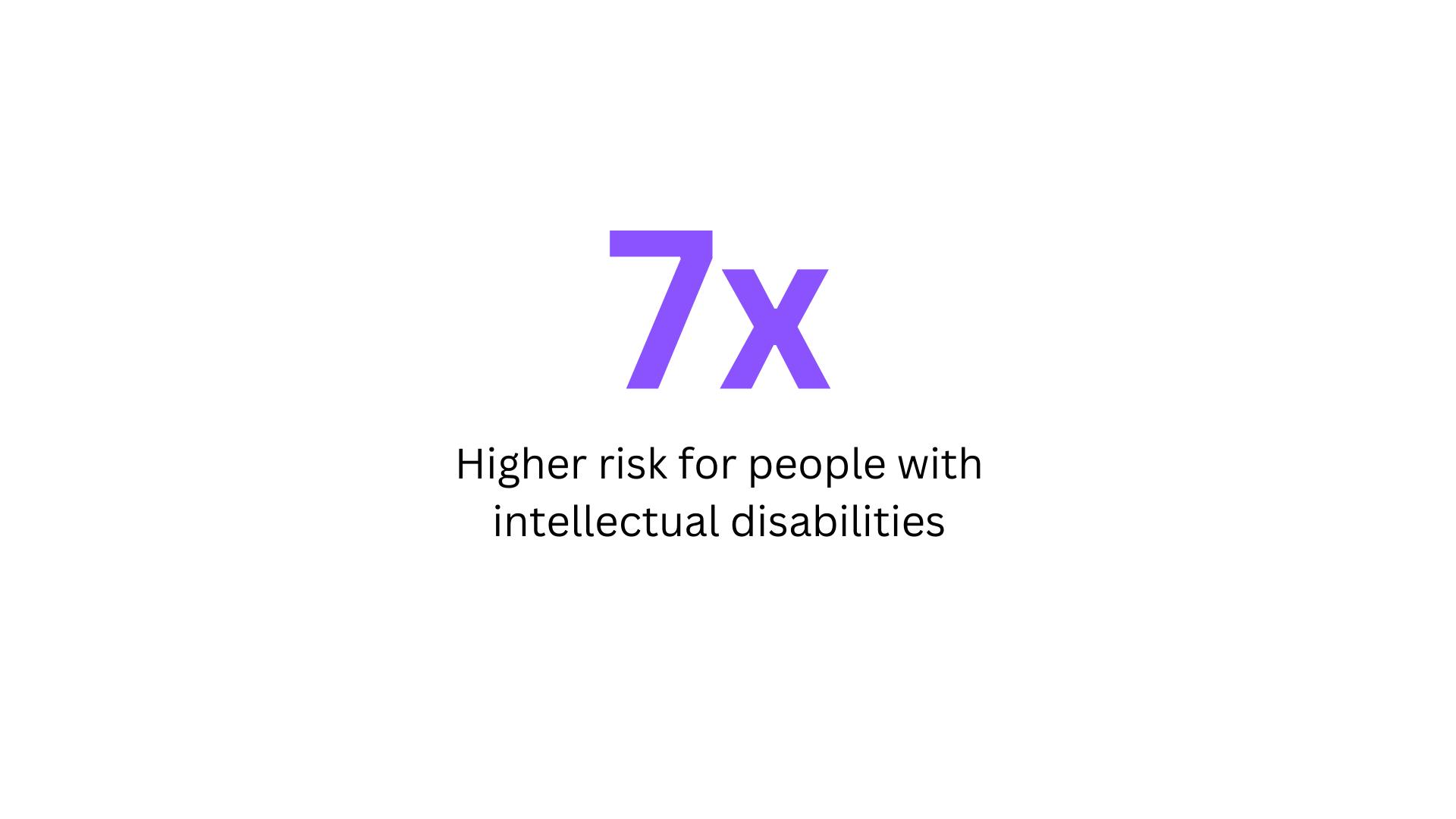
Studies show that individuals with intellectual disabilities are much more likely to experience sexual assault, facing a seven-fold increased risk compared to those without disabilities. Predators often target people with intellectual disabilities because it’s generally more challenging for them to testify or report the abuse later.
The financial burden experienced by rape victims:
The lifetime cost for each survivor of rape is around $122,461.
(Source: Centers for Disease Control and Prevention)

Based on recent estimates, the lifetime cost for each survivor of rape is estimated to be approximately $122,461. This includes various financial aspects such as medical expenses, therapy or counseling costs, legal fees, lost wages due to trauma or recovery, and potential long-term impacts on earning potential.
Widespread sexual assault among transgender and bisexual communities
Sexual assault affects 47% of transgender people and 46% of bisexual women.
(Source: The Human Rights Campaign)

Almost half of transgender people, approximately 47%, have been sexually assaulted at some point in their lives. Similarly, 46% of bisexual women have experienced rape. These figures highlight the deeply concerning levels of victimization within these communities.
The profound consequences of sexual abuse:
Around 31% of individuals who have been victims of rape develop post-traumatic stress disorder (PTSD).
(Source: National Violence Against Women Prevention Research Center)
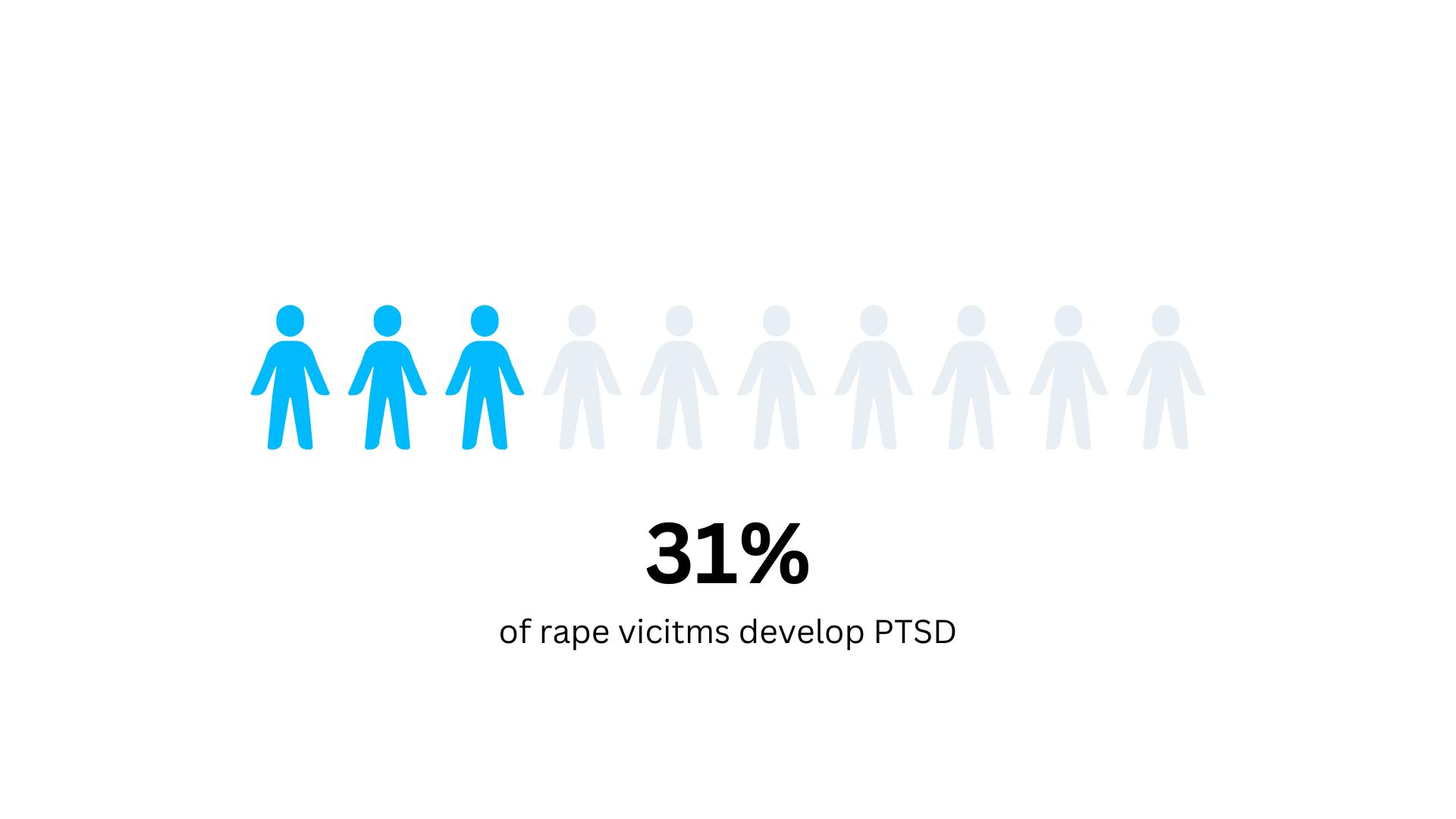
This statistic on sexual abuse reveals the profound psychological impact that rape can have on survivors, resulting in long-term mental health consequences. PTSD is a disorder characterized by persistent and distressing symptoms such as flashbacks, nightmares, anxiety, and hypervigilance.
The alarming frequency of sexual assaults in the US:
A sexual assault occurs every 93 seconds in the United States.
(Source: Legal Jobs)
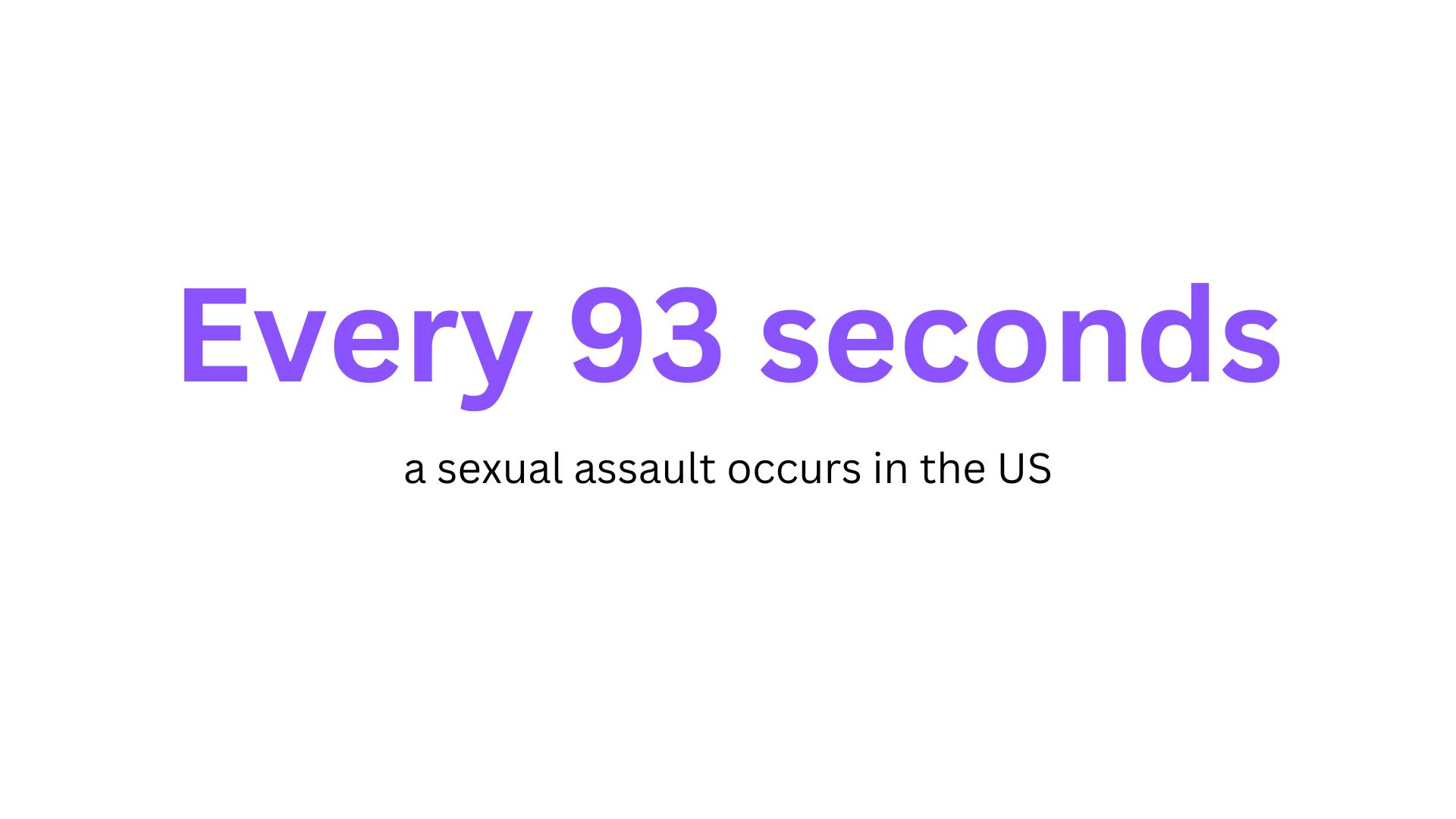
This figure shows that sexual assaults are distressingly common in the United States. This emphasizes the urgent need for increased preventative measures, education, and support systems to address and combat sexual assault and increase the safety and well-being of individuals in society.
Quick facts about sexual harassment:
What is sexual harassment?
Sexual harassment refers to unwelcome sexual advances, requests for sexual favors, or other verbal, physical, or visual conduct of a sexual nature that interferes with an individual's work or creates an intimidating, hostile, or offensive environment. It can occur in various settings, such as workplaces, educational institutions, public spaces, or online platforms.
What are the effects of sexual harassment?
Sexual harassment has wide-ranging effects on the victims, leading to emotional distress, psychological trauma, and a negative impact on their overall well-being. Some common effects include anxiety, depression, loss of self-esteem, reduced job satisfaction, and even physical health issues. What’s more, sexual harassment creates a hostile environment that affects not only the targeted individual but also their colleagues and the overall productivity of an organization.
What actions are people taking to prevent sexual harassment?
Many individuals and organizations are taking proactive measures to prevent sexual harassment. This includes implementing strict anti-harassment policies, establishing more secured reporting systems, and organizing sexual harassment training. Additionally, awareness campaigns, educational programs, and support networks are being developed to empower victims and foster a culture of zero tolerance toward sexual harassment.
Why is sexual harassment training important?
Sexual harassment training plays a crucial role in preventing and addressing incidents of sexual harassment. It helps educate your team about what constitutes sexual harassment and guides them on how to respond effectively.
By participating in these training programs, your employees gain the necessary knowledge and skills to create safe and inclusive environments. It fosters a culture of respect, equality, and accountability, reducing the occurrence of sexual harassment in the workplace.
Be part of the solution and deliver one of these sexual harassment training courses to your team today!
EdApp has put together a range of sexual harassment training courses that you can use to equip your employees with skills and knowledge to identify, respond to, and prevent instances of sexual harassment in the office. These courses cover important topics such as understanding sexual harassment, bystander intervention, and creating a respectful workplace.
